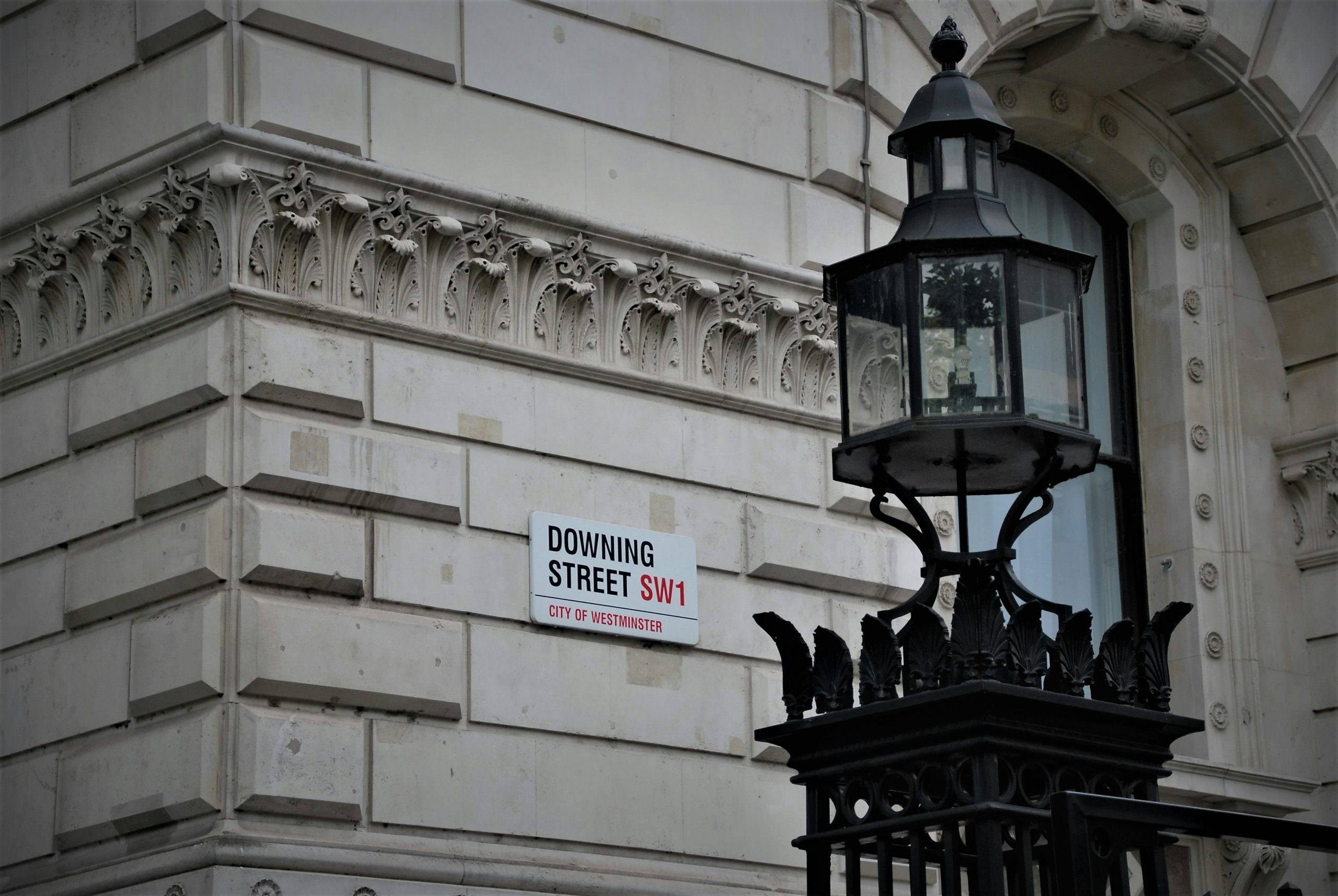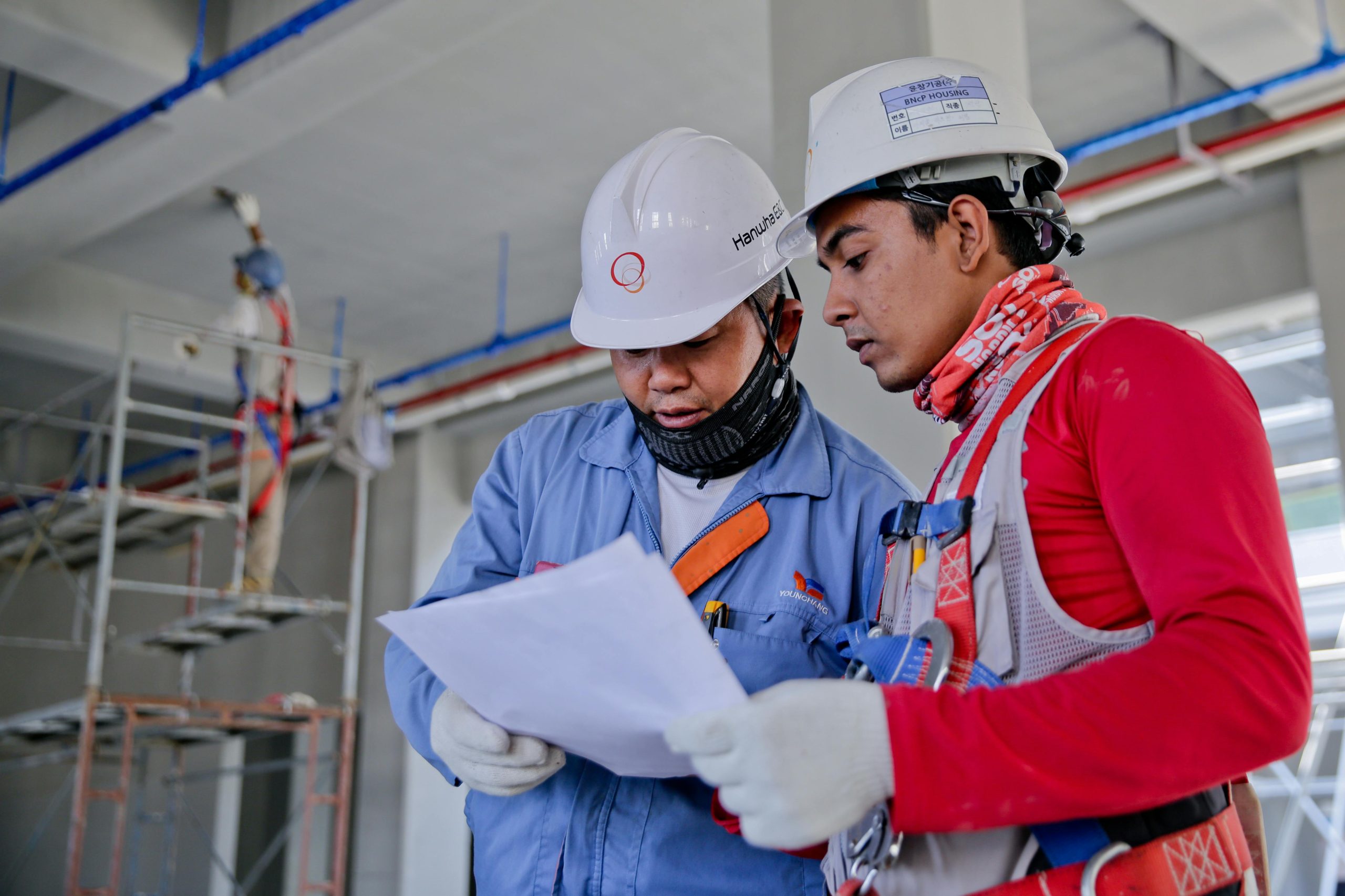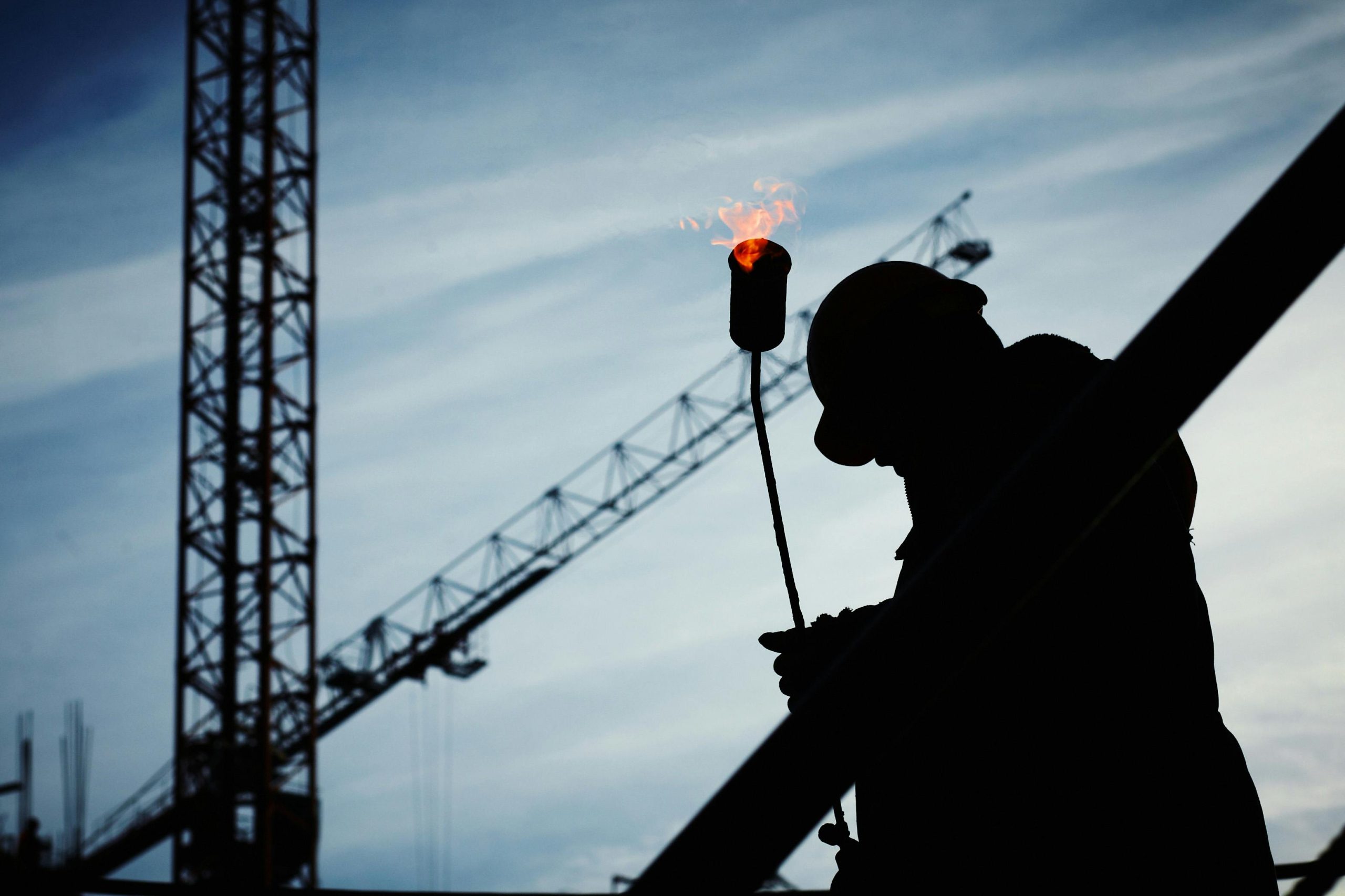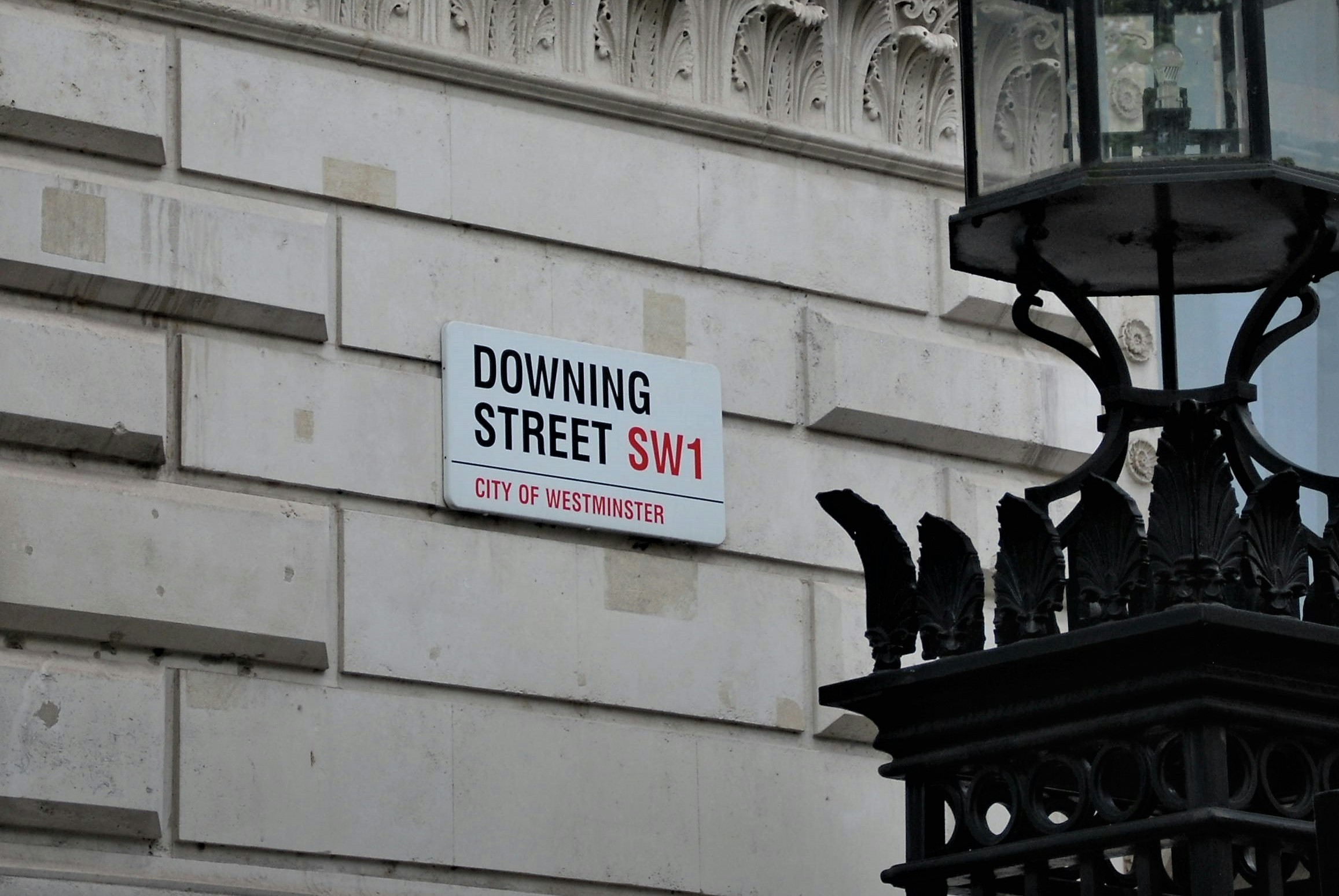ARTICLE
Let’s talk about the Autumn Budget…
The Autumn Budget is a staple of the PR calendar. Twice a year we wait eagerly for the first glimpse of the chancellor holding the famous red box, knowing that a flurry of comments is soon to follow.
With a new government in power, this budget will be under more scrutiny than ever, with the whole nation looking to share their opinions as the crucial details are released.
In the buildup, every business should be thinking about their key areas of concern and putting a strategy in place to get their views out into the world.
For example, while it’s likely that Labour’s changes to tax will seize the lion’s share of the headlines, other sectors shouldn’t let themselves be sidelined. Rumours of increased apprenticeship incentives for the construction and property industry could become solidified, as could a whole host of reforms for private and social landlords.
As PR pros, we know how to give your business the best opportunity to shine in those all-important national and sector conversations, so sit back and relax as we talk tactics…
Pre-statement
Instead of simply waiting and reacting to the chancellor’s announcements on the day, business leaders or department experts should consider doing a ‘pre-budget’ press release that sets out the changes that your clients would most like to see. The media are always on the lookout for predictions and speculation as to what might happen, and the effects it may have, so make sure you capitalise on this.
Have a look around for leaked media stories too, as these are perfect opportunities for quick turnaround comments or even social media blogs from your team of experts.
On the day
During the statement itself, tee up some of your top experts to offer brief and punchy analysis on any interesting announcements for posting across social media channels there and then. Don’t forget live newsfeeds too, which often post “as-is-happens” reaction from businesses and commentators.
You can go on to develop this into more in-depth commentary afterwards for post-budget media releases or more reflective thought leadership articles, which can go on to be repurposed again for newsletter content.
Just remember, the opportunity to win share of voice begins as soon as the chancellor starts speaking, so getting your PR ducks in a row beforehand is vital to success on the day.
Post-statement
While a couple of headline policies often grab the national headlines, sector and trade media are key players when it comes to highlighting policies relevant for their industries.
This presents an ongoing opportunity for businesses to get involved with important conversations within their industry and keep the momentum going long after the day is over.
The announcements might also not be the end of the story, especially in a political world where U-turns are all too common.
To show your audience that your finger is well and truly on the pulse, monitor the stories as they develop – this is also the best way so you can be an early mover when it comes to any breaking updates.
Ready to get your voice heard this budget season? Contact our team today.
Looking for more?
Sign up to our “Pearls of Wisdom” newsletter here.











